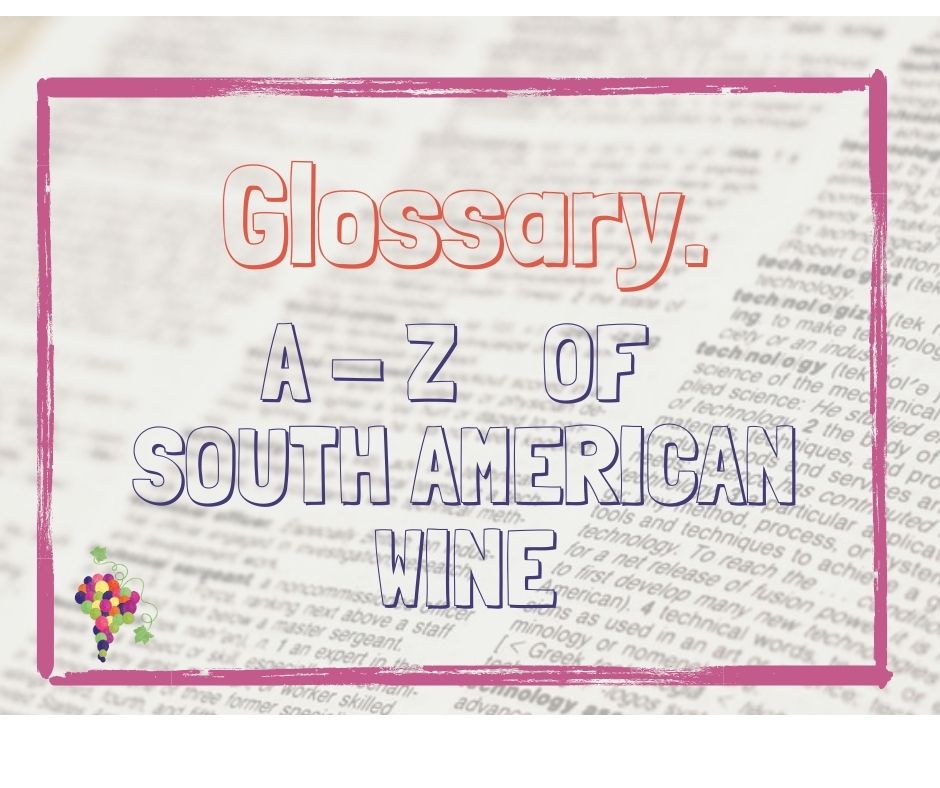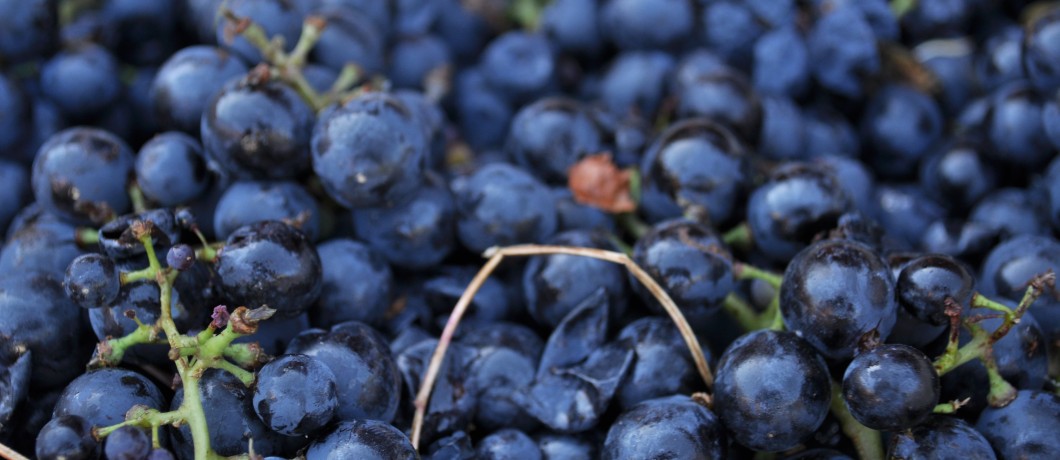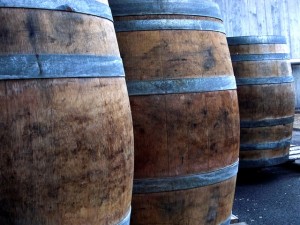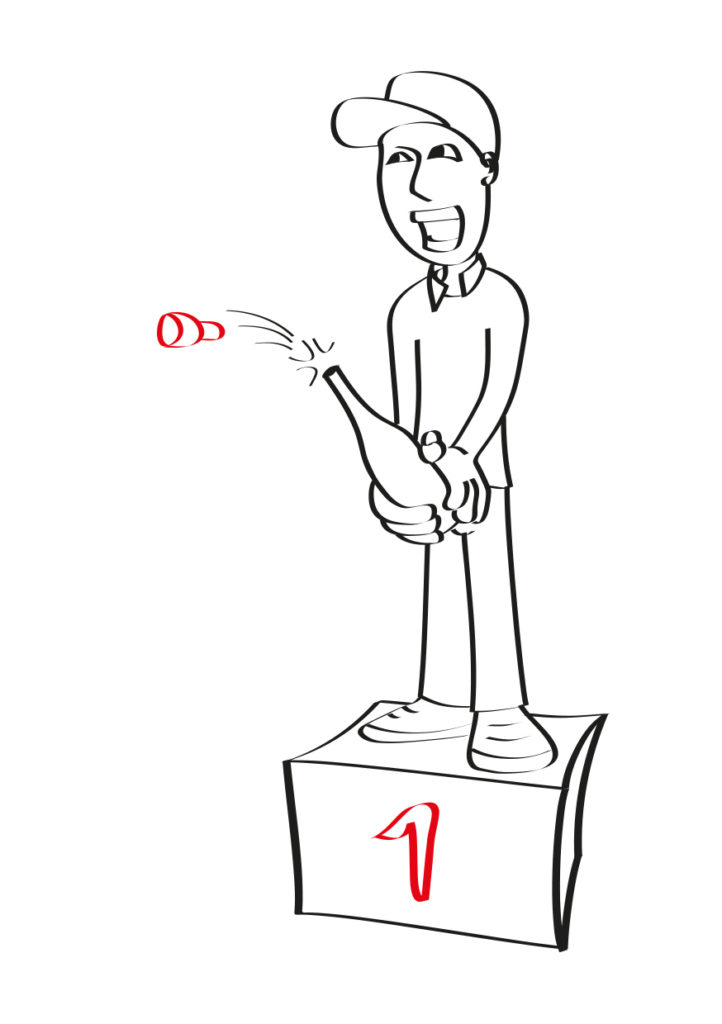Get to grips with South American wine terms in our Glossary and full A to Z guide. The ideal online appendix for our book, the South America Wine Guide, you can use this as your ultimate guide to wine terms in Chile, Argentina, Uruguay, Brazil, Bolivia and Peru.
We’ve also included some important cultural terms, food words and the wine associations from each country. Spanish and Portuguese terms are in italics.
A to Z of South America Wine: A glossary on wine terms for the South America Wine Guide
Irrigation channels that were originally built by the native Huarpes in Mendoza to bring water from the mountain rivers and expand agriculture. Today a complex network of acequias in Mendoza is responsible for bringing the majority of the province’s water to the vineyards (where irrigation is essential).
A traditional and historic building material made from earth and straw, which is often formed into large bricks and dried in the sunshine. Adobe was used to make wineries and other buildings in Argentina and Chile until the mid-20th century and many historical adobe wineries still exist, although they are becoming less common, partly because they are prone to earthquake damage.
Spanish term for a spirit made by fermenting and distilling any fruit (including grapes), grain or sugarcane. A similar term in English is firewater (and rightly so, as many stiff aguardientes will put fire in your belly!) In South America many aguardientes are made, both at a local, artisanal level and on a massive industrial scale. While many of the aguardientes in wine countries are made from grapes, other ingredients are also used for local spirits — Brazil’s most famous aguardiente is cachaça, made from sugar cane, for example.











